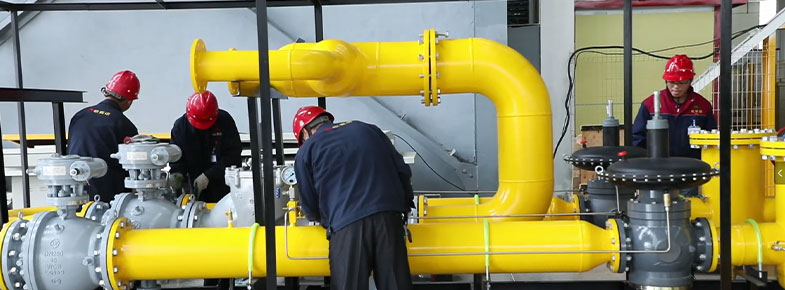
Nov . 05, 2024 05:45
Back to list
gas coalescer
Understanding Gas Coalescers A Key to Efficient Separation
In many industrial applications, gas coalescers play a vital role in the separation of liquid droplets from gas streams. This essential process enhances efficiency, optimizes operations, and prolongs equipment life. Gas coalescers operate on the principle of bringing together small liquid droplets to form larger ones, which can then be removed from the gas stream more easily. As industries look for ways to improve their processes and minimize downtime, the importance of gas coalescers continues to grow.
The primary function of a gas coalescer is to improve the quality of gas streams by efficiently removing liquid contaminants
. These contaminants can include water, hydrocarbons, and other process fluids that may negatively impact downstream processes or equipment. For instance, in natural gas processing, the presence of water can lead to hydrate formation, corrosion, and reduced efficiency in combustion. By employing gas coalescers, industries can effectively mitigate these risks, ensuring that the gas meets the required specifications for further processing or transportation.The coalescing process involves several stages, beginning with the initial contact of the gas stream with the coalescing media. This media is typically designed to promote the merging of small droplets into larger ones. As the droplets congregate, the increased gravity allows them to settle out of the gas stream. Coalescers can be found in various designs, including vertical and horizontal configurations, and can be tailored to suit specific operational needs.
gas coalescer

One of the critical advantages of gas coalescers is their ability to enhance efficiency without significant energy consumption. Unlike some separation technologies that rely on mechanical or thermal processes, coalescers primarily use gravity and surface tension, making them an energy-efficient option. This efficiency translates to cost savings and reduced environmental impact, making gas coalescers an attractive solution for many industries.
Moreover, the design of a gas coalescer is crucial for its performance. Factors such as flow rate, the nature of the gas and liquid phases, and the physical properties of the coalescing media all play significant roles in how effectively a coalescer will operate. Engineers must carefully consider these parameters during the selection and design phase to ensure optimal performance. Advances in materials and technology also continue to improve the efficiency and reliability of gas coalescing systems.
In conclusion, gas coalescers are a fundamental component in the management of gas streams across various industrial sectors. By enabling the effective separation of liquid contaminants, they not only improve operational efficiency but also contribute to overall environmental sustainability. As industries face increasing pressure to operate effectively while minimizing their ecological footprint, the role of gas coalescers will likely become even more significant in the pursuit of cleaner, safer, and more efficient operational practices. Embracing the technology and understanding its principles will enable industries to optimize their processes, ultimately leading to enhanced productivity and resource stewardship.
Next:
Latest news
-
Safety Valve Spring-Loaded Design Overpressure ProtectionNewsJul.25,2025
-
Precision Voltage Regulator AC5 Accuracy Grade PerformanceNewsJul.25,2025
-
Natural Gas Pressure Regulating Skid Industrial Pipeline ApplicationsNewsJul.25,2025
-
Natural Gas Filter Stainless Steel Mesh Element DesignNewsJul.25,2025
-
Gas Pressure Regulator Valve Direct-Acting Spring-Loaded DesignNewsJul.25,2025
-
Decompression Equipment Multi-Stage Heat Exchange System DesignNewsJul.25,2025

